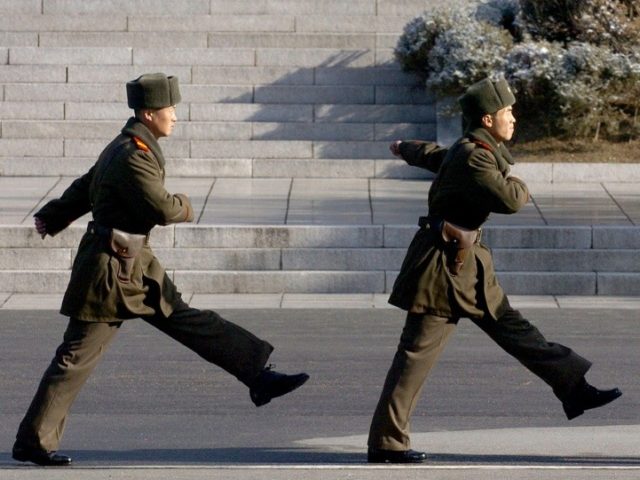This article originally appeared at Bloomberg:
A recent survey commissioned by the New York Times found that people who could find North Korea on a map were more likely to favor talks over military action. A glance at North Asia’s geography explains why.
More than six decades after the Korean War ended without a peace treaty, the peninsula remains bisected in a perpetual stalemate, with the U.S.-backed South Korean military lined up against more than a million North Korean troops. While tensions have occasionally flared — such as after Kim Jong Un’s weapons tests or threats of “merciless revenge” over American-led military exercises that began Monday — the two sides have so far staved off another devastating conflict.
The 250-kilometer (160-mile) border defined in a 1953 armistice lays bare one obvious peril of any confrontation: The demilitarized zone sits on the doorstep of the Seoul metropolitan area, where about half of South Korea’s 51 million people live.

COMMENTS
Please let us know if you're having issues with commenting.